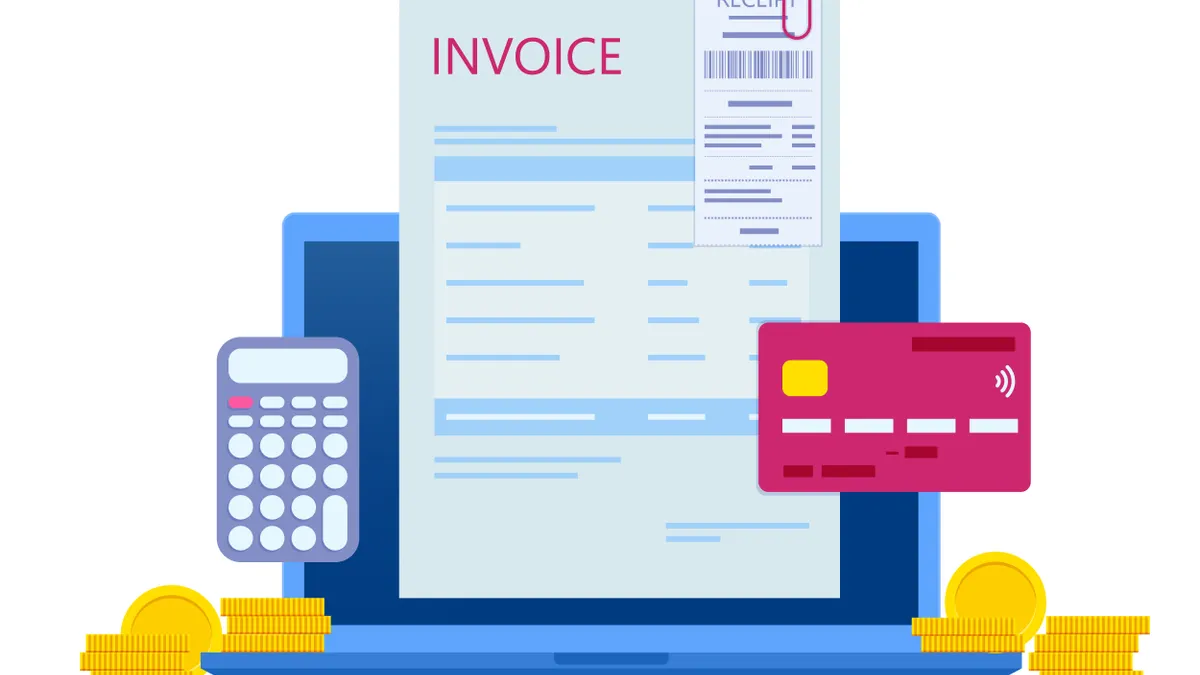Data is key to getting law firm billing rates under control because it gives in-house attorneys context to push back against budget-breaking rate increases, billing specialists said in a Corporate Counsel Business Journal webcast.
“The insights and the reports [from e-billing software] are what open up the eyes of the corporate legal department,” said Yolanda Fuhrmann, a veteran in-house legal operations manager who now helps others in that role as a client success manager with Thomson Reuters. “If they don’t see money or percentages, they don’t really understand … how much higher this rate is compared to others.”
Software that’s programmed with your legal team’s billing guidelines and the engagement letters that are sent to outside law firms can automatically flag and reject non-complying invoice charges, saving the team money.
But another payback is in the data the software generates, because it can tell the billing administrator, and the attorneys who work with the outside firms, how the rates stack up to other firms.
“I had one attorney who was rubber stamping rate increases and telling me after the fact,” Marcia Gold, legal operations manager at ADT, said in the webcast. “So, I made this big presentation.”
In the presentation, she showed the attorney a series of rate increases of between 8% and 14% that the outside firm had requested since it started working on a matter and where its latest request for an increase would put it compared to similar firms working on similar matters.
“It wasn’t necessarily a justified increase,” said Gold. “We can’t keep doing this,” she said she told the attorney. “We have to stop, look at the data and see it’s not necessarily a given that they get an increase.”
In-house attorneys will often push back against an overly rigid approach to billing to protect their relationship with the firms they work with, but over time, when the attorneys see objective data showing how much more expensive one firm is over another, they tend to come around, said Fuhrmann.
“When we started giving them analytics to show the number of times we gave this firm, or this one lawyer, an increase in a matter that’s maybe only two years old – they had six rate increases – they were alarmed at the amount of money they were spending,” she said. “The good news is, after a little bit of pushing and prodding, they have seen the difference.”
Pushing back against aggressive rate increases is especially important going into 2024 because many legal department budgets are being frozen or cut, which means in-house teams could be forced to pay more for the same amount of legal work at a time when their resources aren’t keeping up.
“There’s a finite amount of money,” said Gold. “So, when it comes to year end, it’s not like, Wow, we really did not meet expectations; the budget we believed in got blown out by this increase in rates.”
The key to making data work is to have detailed billing guidelines and clear engagement letters that are in the hands of both the in-house attorneys who manage the engagements and the outside firms that do the work and submit the invoices.
If you start with that solid foundation, the billing pros said, any non-complying charges can be automatically flagged and rejected, taking pressure off the in-house attorneys, and the attorneys can also push back against proposed rate increases with more confidence.
“After a while, the attorneys actually enjoyed there was a process for what they needed to do,” said Fuhrmann.
If law firms balk at having their rate increases rejected, there are plenty of other firms that would be happy to do the same work for less money, she said.
“If they don’t want to do what you’re asking them to do and if they want to fight about a rate increase, you have law firm x over here that’s going to do the same work,” Fuhrmann said. “There are so many lawyers out there. The pool is very large. Realize your power and move forward with that information.”











